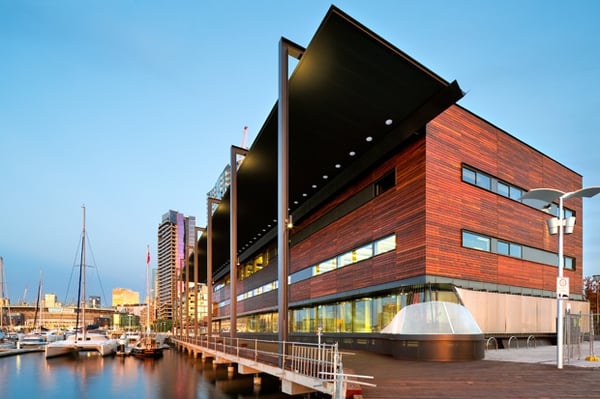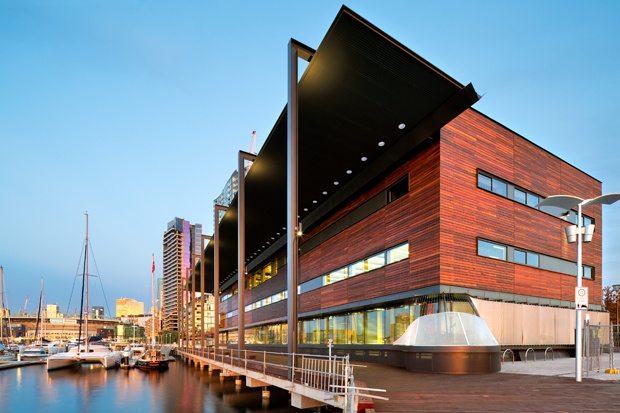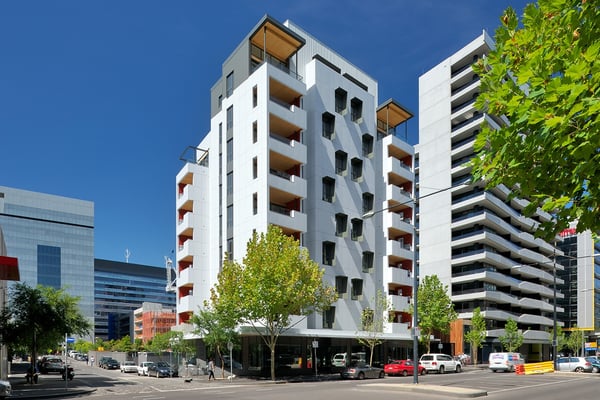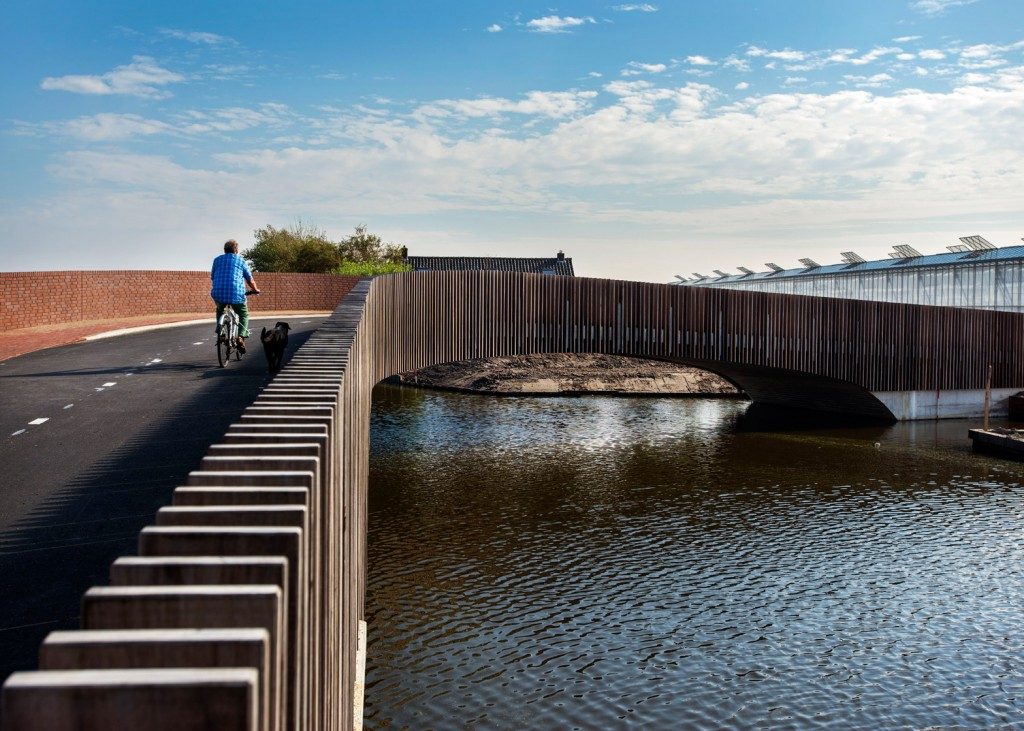How CLT Is Becoming the Next Star of the Building Industry:
Discovering newer and more sustainable materials for use in construction, is one of the key focuses of designers today. Aiming to find a material which performs the same as conventional construction methods, which also reduces the impact on the environment is a difficult task. However, with the ever increasing demand for sustainable materials many innovative technologies have emerged which attempt to fill the void. One such material is Cross Laminated Timber or CLT.
For the past decade CLT has become more and more widely used in European countries due to its sustainable qualities and its almost equivalent structural capacities. However, in the southern hemisphere there currently is only one supplier of the material, XLam, located in New Zealand. The possibilities for CLT in Australia are extensive, though due to the difficulty of importing materials and having to acquire an alternative solutions certification for the building to comply, using this material is somewhat problematic.

As stated New Zealand currently is home to the only CLT factory in the southern hemisphere. In the past decade CLT has become very popular in New Zealand especially after the devastating earthquakes. Avoiding the short comings of steel and concrete construction as seen in the Christchurch earth quakes, CLT use has drastically increased in the country due to its resilience to seismic activity in a very tectonically active country. Already XLam has completed 80 projects in New Zealand.
CLT has many beneficial qualities in regards to fabrication and construction. It has the same structural performance as traditional steel and concrete construction although the weight is only a fraction. As the pieces are prefabricated for each unique project at the factory, reduced time is spent on site reducing noise and workers required. Time wise, it is roughly 30 percent more efficient when constructed reducing the impact of construction on the site. Timber has been used for centuries due to its flexibility, durability and diversity, it is a textured and warm material in comparison to other construction types making a space which is much more comfortable and natural for the occupants.
Currently due to the building codes in Australia not extensively recognising CLT there are currently many difficulties when trying to design with it, especially with relation to the maximum height of the building due to the supposed risk of fire. Flammability of the product is taken into consideration when building, however, unlike what most think, CLT is highly resilient to fire due to its Char factor. If burnt there would need to be a sustained source of fire and even then it would retain its structural capacity as it would char, not burn immediately. The panels must also be designed in such way that if one panel is to fail the others around it will take up the load, proving that although people may fear high-rise wooden construction, the risks are minimal when using CLT.
The future of the product is however, looking very bright with a new factory being built in Australia. Although the exact location of the factory is not certain yet, there appears to be some talk of it being located on the border of the New South Wale’s and Victorian border, allowing equal access of the materials to both states (potential location of Albury Wodonga). Once this factory has been established and the materials are more regularly used and tested, there is hope that building codes in Australia will begin to more widely recognise the product making it a more viable option.
Becoming more and more common in Australia there has been recent testing of local species in response to higher demand and desire to fabricate CLT locally. Currently Radiata pine is being tested in Australia as a possibility, and hopefully after this extensive testing and wider use, it will become an easier material to use commonly in construction. By fabricating and growing locally it will also dramatically reduce the cost of the product as most material currently comes from Europe, also reducing the CO2 emissions related to importation. The timber is also sustainably resourced ensuring all trees which are used for the product are replaced in order to ensure the reduction of CO2 in the air, improving the air quality in the country.
Innovative materials are the future of the architectural and construction industry. Finding and researching the possible applications of new materials will both greatly improve the environment, reduce the cost of importation and reduce the amount of unsustainable raw materials required for construction, whilst also inspiring and promoting creativity and innovative thinking, greatly benefiting the industry.








